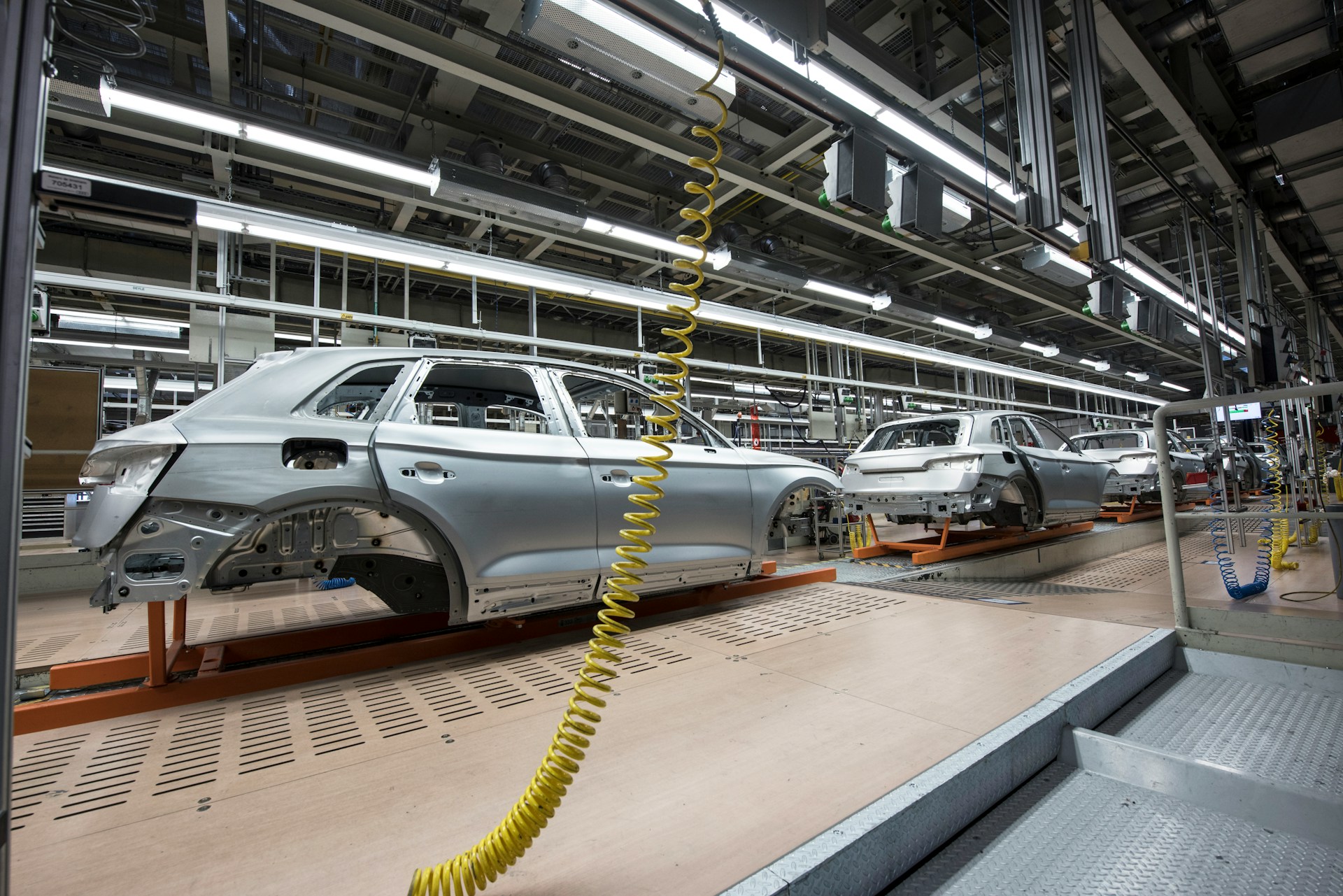
Cloud Manufacturing: What Is It, and What Are Its Benefits?
July 25, 2023 - Ellie Gabel
Revolutionized is reader-supported. When you buy through links on our site, we may earn an affiliate commission. Learn more here.
Manufacturing is a rapidly evolving industry. As new technologies emerge, the sector adapts to incorporate them and adjusts to meet changing demands. Cloud manufacturing is one of the latest and most disruptive of these shifts.
Cloud computing has been an important technology for manufacturers for years, but this movement goes beyond simply using cloud services in production. As more key players in the industry embrace it, it could change the face of the manufacturing sector.
What Is Cloud Manufacturing?
Cloud manufacturing applies the cloud computing business model to manufacturing processes. Just as a cloud computing environment pools resources from multiple servers and gives end users on-demand access to the tools they need, this manufacturing process splits production between multiple companies to offer on-demand manufacturing services.
The practice builds on the concept of manufacturing-as-a-service (MaaS). In a MaaS model, businesses outsource the production process to manufacturing partners, who then build the exact product volumes their clients ask for. The cloud model takes that idea and distributes the production side across multiple manufacturers with varying resources and areas of expertise.
It starts with a business ordering a manufacturing service on a cloud platform. From there, several separate production facilities will handle different aspects of manufacturing according to their own expertise. These manufacturers will share information and resources to complete the order as quickly and cost-effectively as possible.
Defining Features of Cloud Manufacturing
Cloud manufacturing is still a new phenomenon, so it can vary between different instances. In general, though, it centers around these defining features.
Shared Resources and Insights
The sharing of production resources and information is one of the most significant defining characteristics of cloud manufacturing. In a traditional setup, a single manufacturer handles the entire production process or a product moves through facilities in sequence. In the cloud model, multiple companies build different parts of a specific order simultaneously on behalf of the business selling the final product.
There are more than 240,000 manufacturing firms in the U.S. alone. Consequently, using a network of contract manufacturers instead of just one or two partners can yield impressive lead times, just as cloud computing offers more computing power or storage capacity.
Flexibility
Cloud manufacturing is also flexible by design. Because this model pools resources, a client can make the same order twice and have entirely different groups of manufacturers meet it in each instance. Who performs the actual production can vary widely depending on availability, customer preferences, locations and each company’s specialization.
This flexibility also applies to the scale of the production process. Businesses can order product volumes of varying sizes with little to no disruption or extra wait times because the cloud service outsources to different manufacturers based on current needs.
Extensive Digitization
The cloud manufacturing model is also highly dependent on digital tools. Enabling this level of scale and collaboration requires extensive data-sharing and real-time insights. In order to provide that, companies involved in these networks must use many Industry 4.0 tools like the Internet of Things (IoT), cloud computing platforms and artificial intelligence (AI).
As the benefits of digitalization become more well-known, this factor is becoming less of a distinguisher. Already, 90% of manufacturing leaders are using or planning to implement digital technologies, and 94% are implementing supply chain analytics and visualization. However, companies in the cloud model must center their business around these technologies, not just use them in some areas.
Benefits of Cloud Manufacturing
This business model can seem complicated, but it has many advantages. Here’s a glance at three of the biggest benefits of cloud manufacturing.
Sustainability
Environmental sustainability is one of the primary drivers of the cloud model. Manufacturing accounts for a significant portion of overall emissions, thanks mostly to its high energy consumption. Because cloud manufacturing uses resources more efficiently, it offers a more sustainable alternative.
In the cloud model, manufacturers only produce what their clients order, whereas conventional processes often make more than what companies need. Distributing production tasks also means each part of a product can come from the facility that can build it most efficiently. Businesses can take advantage of multiple companies’ unique sustainability advantages, reducing the overall supply chain’s carbon footprint.
Efficiency
This distributed approach to manufacturing can also lead to efficiency improvements. Cloud systems will assign production responsibilities to the facilities that can handle each part most efficiently. Multiple companies can also work on different parts simultaneously instead of shipping things to downstream partners in sequence.
The cloud model does involve more complex supply chains, but it gives individual companies access to a much wider pool of resources than they could manage on their own. Consequently, their production capacity is much larger and more steps can happen at once, minimizing lead times.
Scalability
Similarly, cloud manufacturing is also more scalable than conventional approaches. Just as cloud computing eliminates the costs of purchasing hardware, this production practice removes the need to build or expand in-house manufacturing facilities. That makes it easier to scale up or down as needed.
If a company needs to produce more, the cloud service will connect it to more manufacturers or partners with higher capacities, adjusting their prices accordingly. Conversely, if it needs to shrink production, the cloud will reduce the number of parties involved and lower costs. These adjustments occur as soon as clients make new orders, too, making manufacturing far more flexible.
Challenges in Cloud Manufacturing
Despite these advantages, there are some obstacles in cloud manufacturing’s way. Most notably, it’s complex. That complexity requires a level of tech adoption not every manufacturer has and can make supply chains more prone to disruption, even if overall lead times are shorter.
The vast amount of data-sharing the cloud model involves can also introduce higher cybersecurity concerns. Manufacturing is already the most-targeted industry for cybercrime, and sharing information with more parties means introducing more third-party risks. The cloud platforms enabling these workflows must ensure high levels of security to manage those threats.
Companies with larger, established manufacturing processes and relatively little fluctuation in demand may find conventional practices more cost-effective. However, as cloud options grow and these technologies improve, that may not be the case for long.
The Cloud Model Could Transform the Manufacturing Industry
While some headwinds remain, cloud manufacturing is still a promising alternative to traditional production. It’s more sustainable, efficient, scalable and can be more cost-effective in many circumstances.
As technology improves, this manufacturing practice could disrupt the industry the same way cloud computing has disrupted tech. The future is still uncertain, but early signs look bright for this tech-driven approach to manufacturing.
Revolutionized is reader-supported. When you buy through links on our site, we may earn an affiliate commission. Learn more here.
Author
Ellie Gabel
Ellie Gabel is a science writer specializing in astronomy and environmental science and is the Associate Editor of Revolutionized. Ellie's love of science stems from reading Richard Dawkins books and her favorite science magazines as a child, where she fell in love with the experiments included in each edition.






